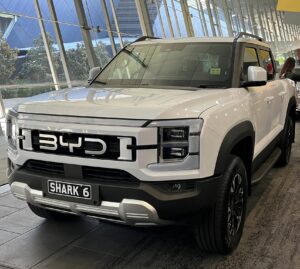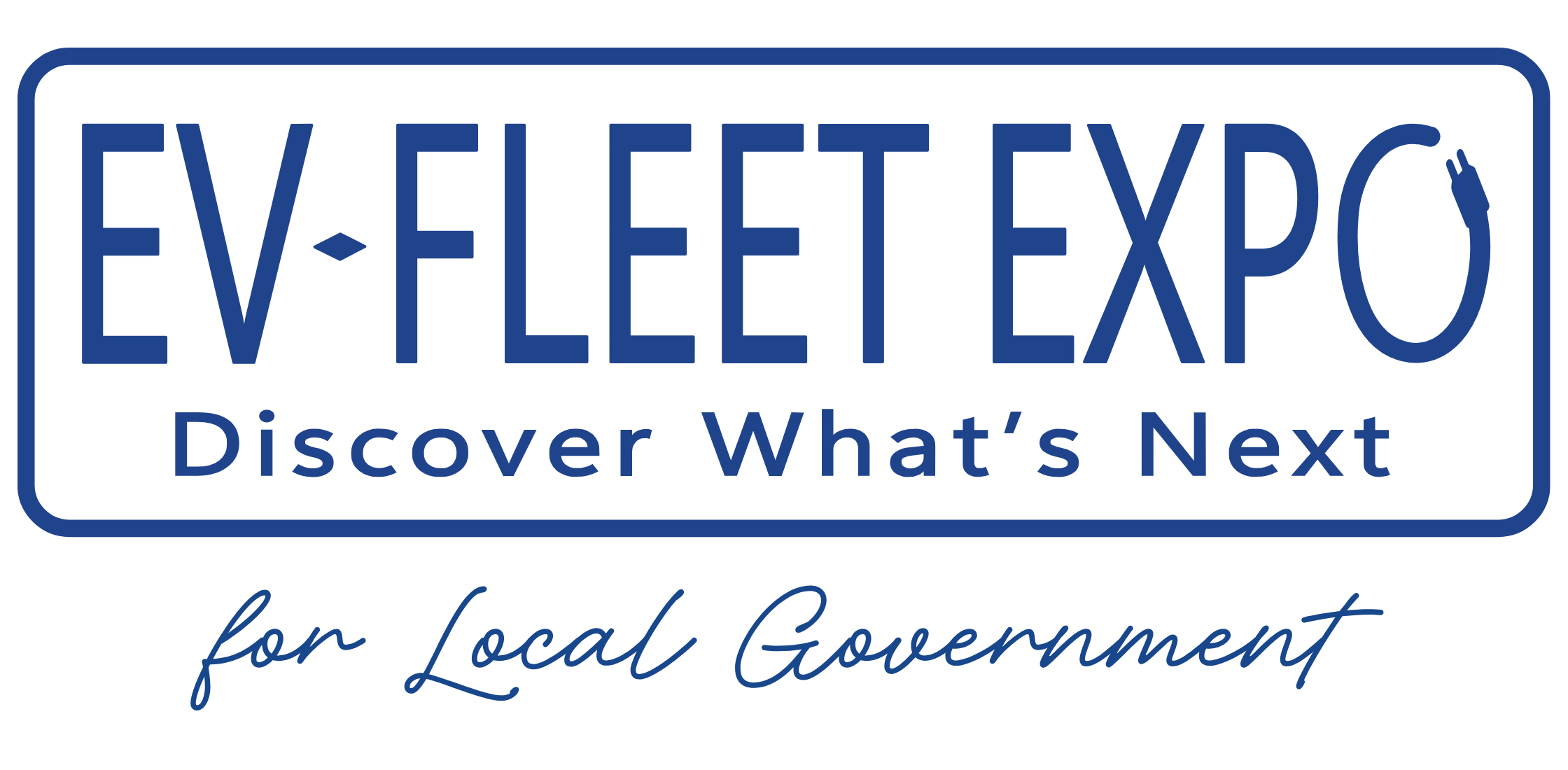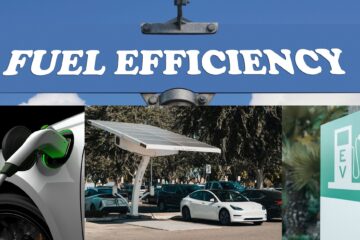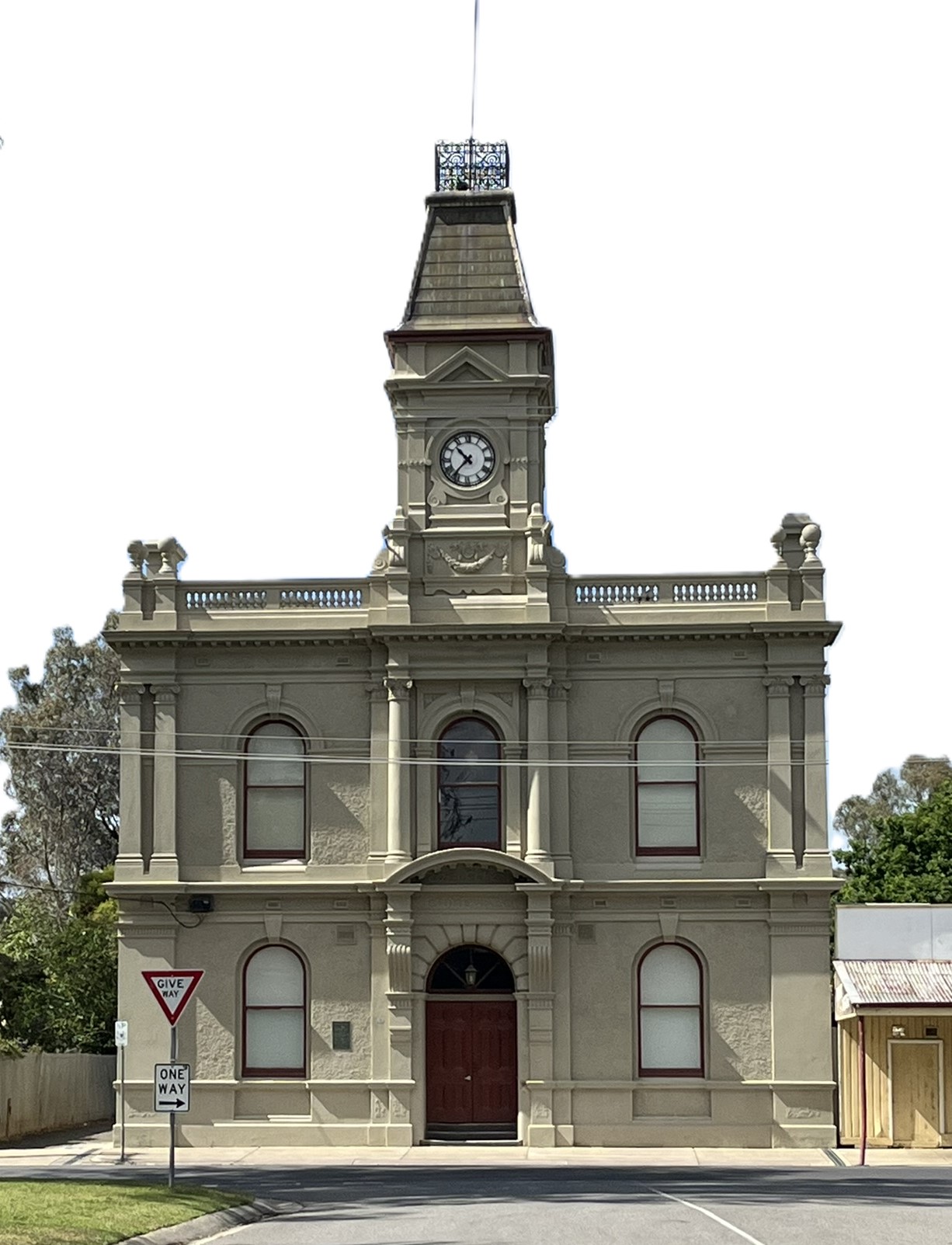In a year where new vehicles sales top one million, 4WD utilities account for around 20% of total sales. Popularity of utilities extends to councils that buy 4WD in big numbers for:
- Tool-of-trade uses to deliver community services and infrastructure projects; and
- Attraction and retention purposes – employee benefits.
Many of these 4WD utilities are underutilised, uneconomic assets adding little value to council service delivery. Utilities generally do not attract FBT so they are ideal as an employee benefit for supervisors, coordinators and managers responsible for roads, footpaths, drainage, parks, water and facilities where some site/project inspection and supervision may be required.
Operational Requirements
Councils use operational requirements to determine/influence the procurement of utilities. 4WD utilities are purchased for all the right reasons, however, closer examination shows us that they are only used for these reasons a small amount of time. Undertaking an annual inspection of a remote infrastructure asset, which requires a 4WD utility to access, is not a reason to purchase a 4WD utility. Fit-for-purpose vehicle specifications should not be developed around 1% of operational requirements.
Similarly undertaking a monthly inspection of a remote infrastructure asset may not be sufficient reason to specify and procure a 4WD utility. If you’re not using the four-wheel drive functionality (off-road access, towing, or heavy load carrying) on a weekly basis, someone needs to be asking “do you really need a four-wheel drive utility?”
When Operational Teams are finalising their Business Case for the acquisition of a 4WD utility, they need to do more than identify an operational requirement. Councils need to demonstrate value-for-money decision-making when it comes to purchasing the 4WD utilities as they do for other assets.
4WD Versus 2WD
If the burden of operational requirements does not meet the need for a 4WD, then 2WDs are procured instead. There is always a question of annual operating cost when procuring a fleet asset. The 4WDs are more expensive to purchase and operate. The annual cost premium of a 4WD utility over a 2WD utility is approximately 44%, regardless of whether the vehicle is underutilised (10,000 km/year) or moderately utilised (20,000 km/year). This cost difference must be justified based on operational need – off-road access, towing, or heavy load carrying. Therefore, if it’s not justified, a 2WD may be just as appropriate.

Employee Benefit
For many councils the 4WD is an overinvestment, which adds little value to service delivery. In many instances 4WD utilities are what keeps some employees happy in their job and has little to do with operational requirements.
Councils must prioritise fleet assets that enable day-to-day service delivery. Fleet assets, where the primary use is not business, need to be considered in the context of employee attraction and retention and be subject to:
- payment of a vehicle allowance;
- specific use terms and asset conditions; and
- being the responsibility of employee.
Council should not be responsible for non-business fleet assets, nor should these assets be on the council’s assets register.
Borrow and Hire
For that occasion, where the operational requirements are such that a 4WD is needed, the operational teams should have the opportunity to borrow the 4WD from other teams or hire as required. For this approach to be effective, it needs preplanning.
The best practice is to develop fit-for-purpose vehicle specifications around the core operational requirements and to meet the remaining operational needs by:
- borrowing fleet assets with the required functionality from another Operational Team; or
- hiring fleet assets with the required functionality.
Borrowing required fleet assets from other Operational Teams should be second nature, as should hiring these assets. Borrowing and hiring fleet is not second nature for most Operational Teams. Operational Teams often complain they need to get on with the day-to-day job of project/service delivery and don’t have time to plan and hire assets. Supervisors and Coordinators must have the capability and capacity to think beyond day-to-day project/service delivery needs and plan ahead.
Vans and Other Low-Emission Alternatives
With the lack of zero-emission alternatives, councils have been turning to electric vans and PHEV utilities. Some are discovering the electric vans may be better suited to some uses/jobs than utilities. If both the BEV van and PHEV utility meet the operational requirements and are fit-for-purpose, then we need to look at the total cost of ownership. The electric van has a 10% cost advantage to operate (by approx. $1,500 annually), which is driven by lower depreciation, energy costs and maintenance.
If the operational teams require open trays, off-road access, towing, or heavy payload, a PHEV utility may be the only viable option. However, for urban service teams, inspectors and parks crews, electric vans are emerging as a better-value solution.

EV Fleet Expo
Most councils have adopted net-zero targets and are taking steps to transition to low/zero emission fleet. Many have started on transitioning their passenger vehicles and are working through what they should do with their utilities. While replacing “like for like” is important and it feels natural, there are good reasons you should think about it a little harder.
Do you really need this high-emitting utility which is expensive and underutilised? The first step is to review the utilisation of all your fleet assets and cull/consolidate your asset numbers. Leaving you with only “required assets” to replace with low/zero-emission vehicles.
In the absence of great BEV utility choices, councils are considering replacing their ICE utilities with PHEV utilities and electric vans, which will be strongly featured at the forthcoming EV Fleet Expo.
Ravim RBC is organising the EV Fleet Expo 2025 to be held on Wednesday, 19 November at Event Central at Caribbean Park, Scoresby.
This one-day event is designed specifically for fleet managers, sustainability professionals and operational staff responsible for service delivery across local government and water sectors. The EV Fleet Expo will showcase the latest developments in BEVs and PHEVs, with a strong focus on operational fleet applications.
Participants will have the opportunity to:
- View and test drive BEV passenger vehicles (pool cars under $50,000)
- Explore a range of electric utilities, vans, and small trucks
- Engage in a professional development program highlighting best practices from councils
- Learn from experts about topics including:
- EV battery health and charging infrastructure
- Maintenance requirements for BEVs
- Whole-of-life cost analysis and residual value
- EV leasing and financing options (program still to be finalised).
The EV Fleet Expo aims to support councils transition to a low/zero-emissions fleet and help realise emissions-reduction targets through practical insights.




0 Comments